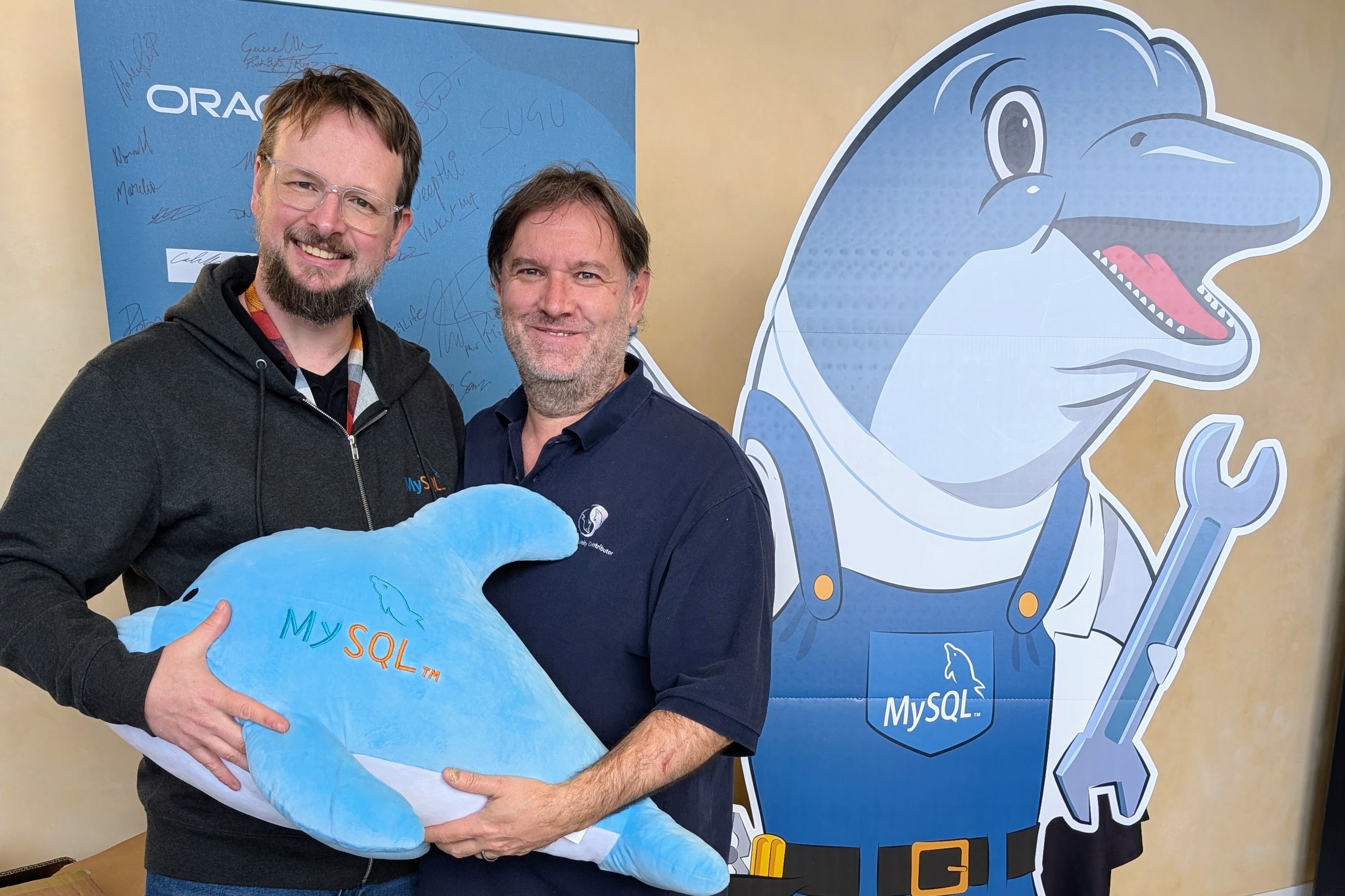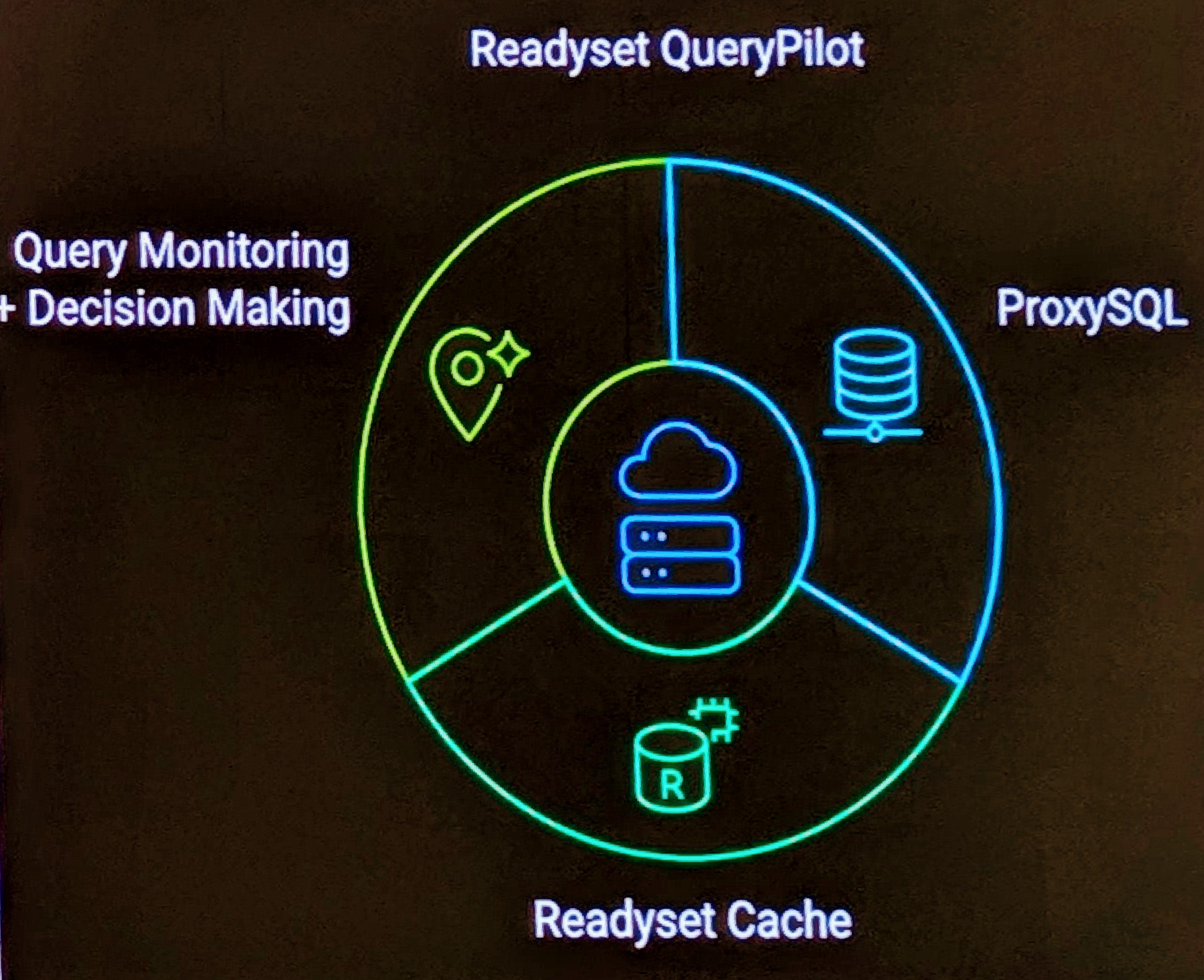As Farhan has already pointed out to us, Disaster is Inevitable – Must shutdown generators . My primary hosting provider The Planet had a serious meltdown, 9,000 servers unavailable, DNS and administration application .
My server was effectively totally unavailable from 3PM Saturday until 10AM Monday, 43 hours in total.
The problem didn’t stop there. Started and verified servers and domains, but like 8 hours later I find that the DNS is wrong on two important domains (I didn’t discover this because I have them in local /etc/hosts) because I moved them to a different IP like 2 weeks ago.
The Planet denied any problems, ticket logged to get them fixed because admin interface was still down.
Wind forward, Service Updates pages
states
June 3 – 3:00pm CDT
All DNS Zone files for ns1, ns2, ns5 and ns6 are completely updated as of the information that was available 5:30PM Central Saturday. All DNS servers have been rebooted and BIND has been restarted..
What a flat out lie. DNS lookup directly against name server confirms it’s wrong. At Wed 12:00am Wednesday, the admin interface finally gives access to view and update zone files. What the. It indicates and IP address which is should be, but clearly not what it is.
I will so be sending a complaint to notify.management@theplanet.com when I finally get this resolved.
And just to make this all worse, my present professional site ronaldbradford.com is of critical importance. It’s my only exposure for preparing to provide information to potential employers, and it’s used for the preparation of consulting information. I’ve been forced earlier today because of events starting today for NY Internet Week to purchase DNS services at www.easydns.com . That didn’t also got to plan, yet another story.


